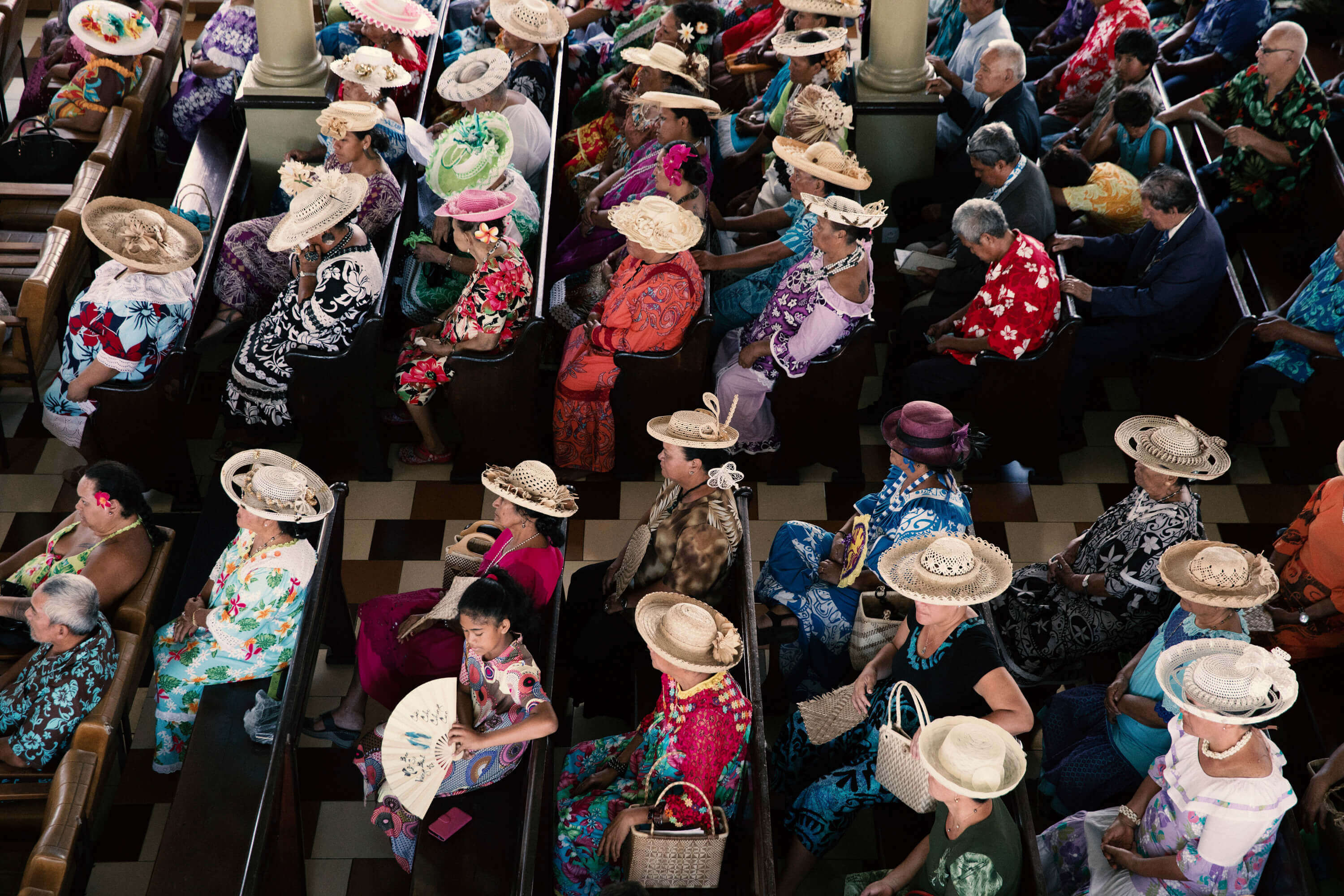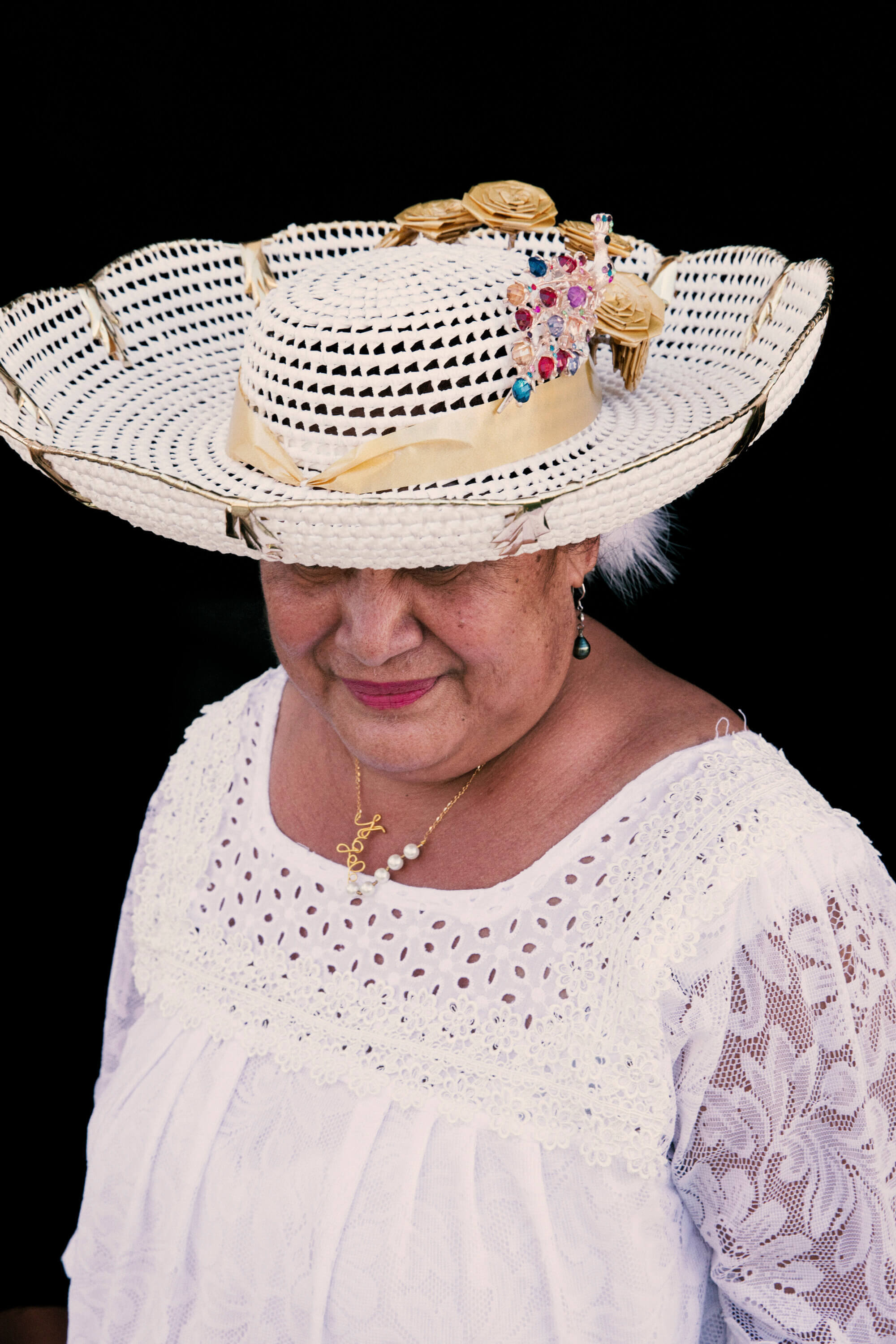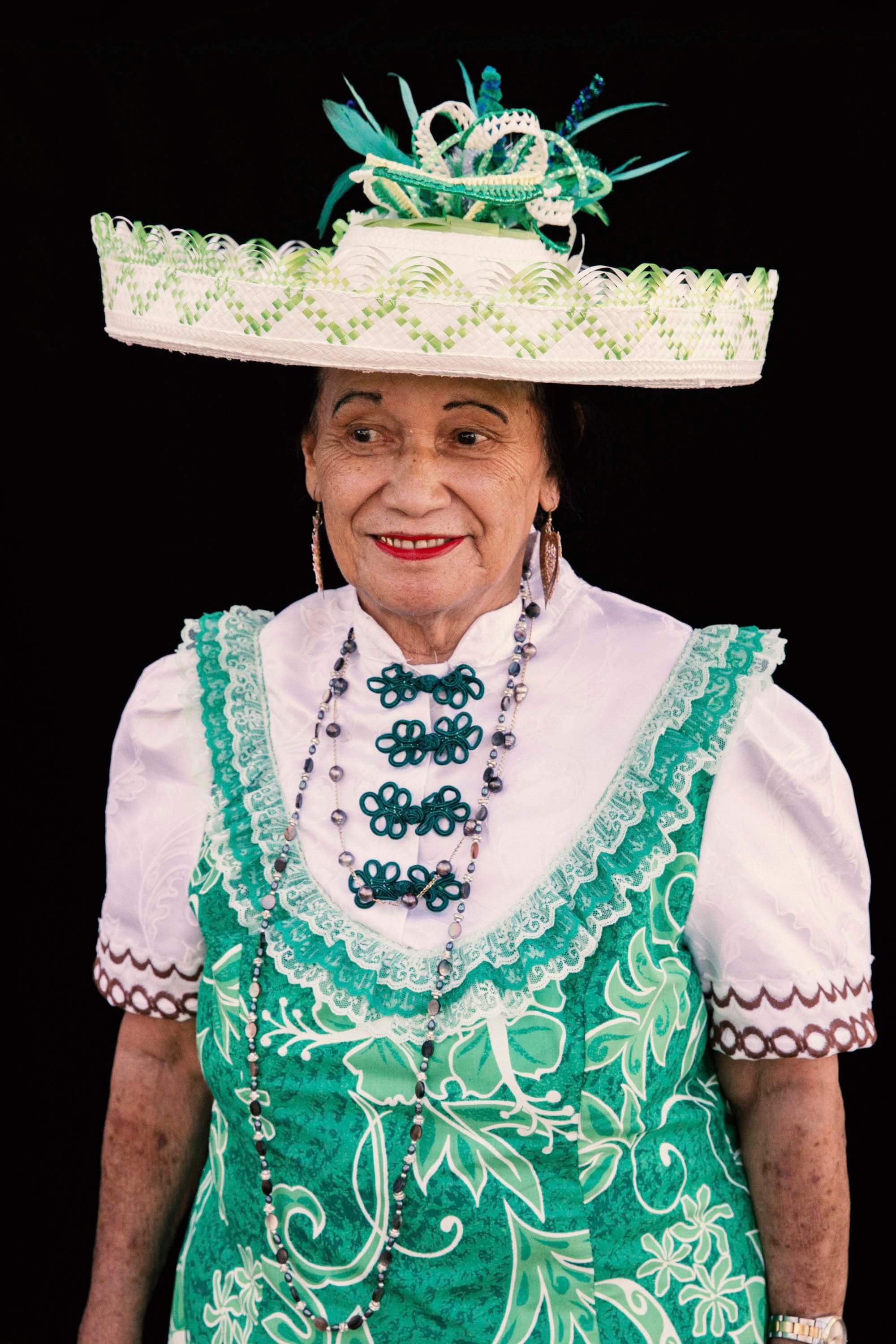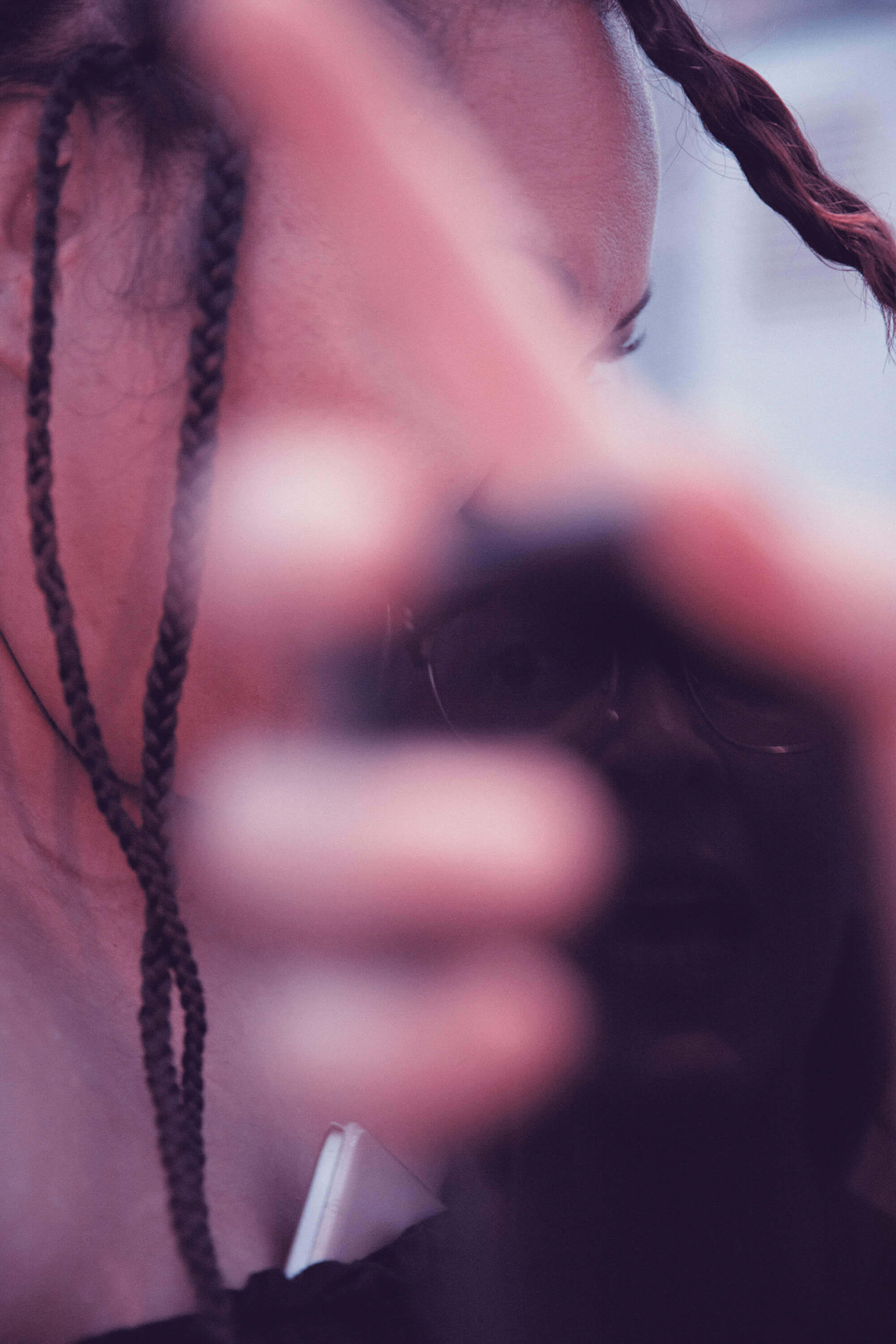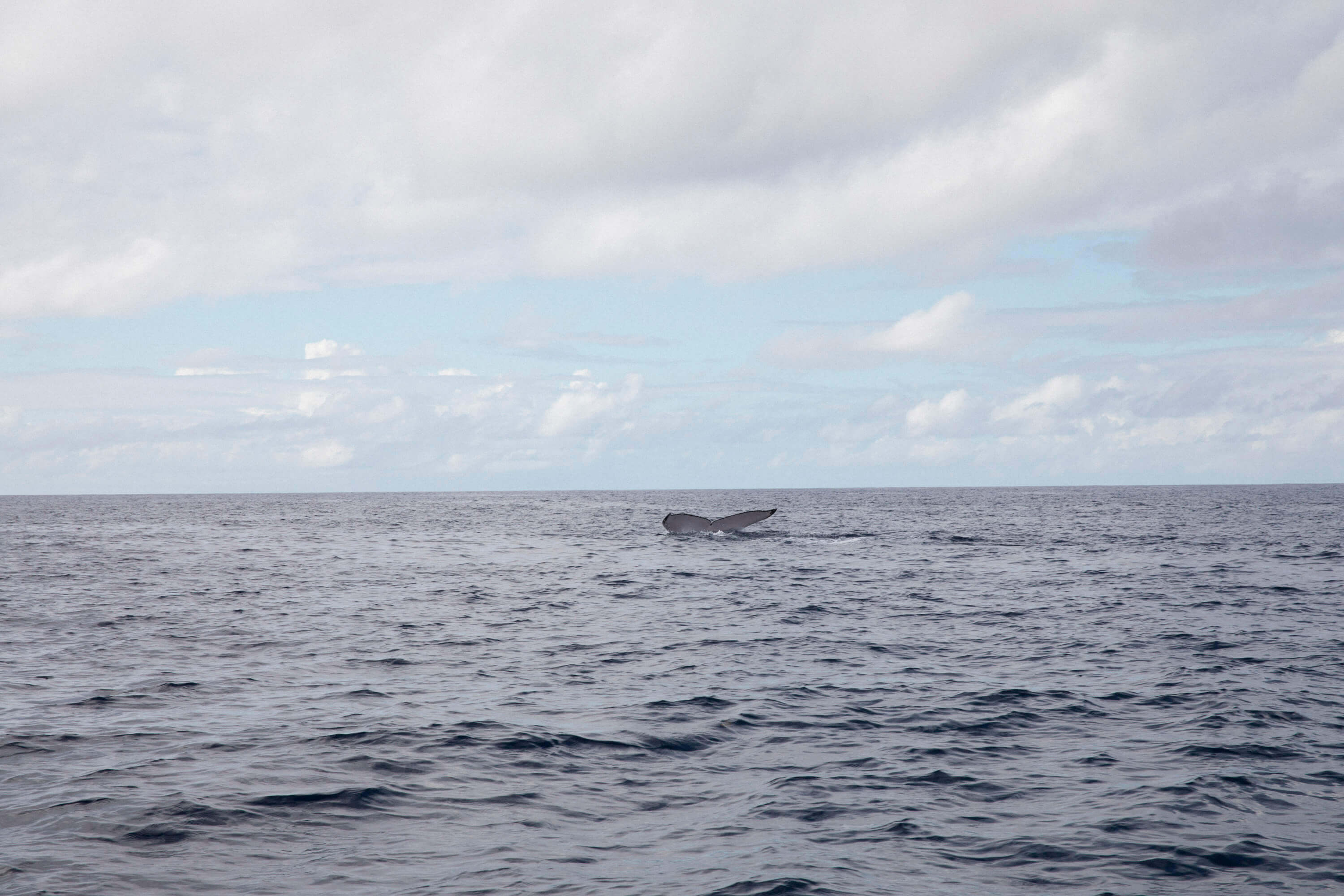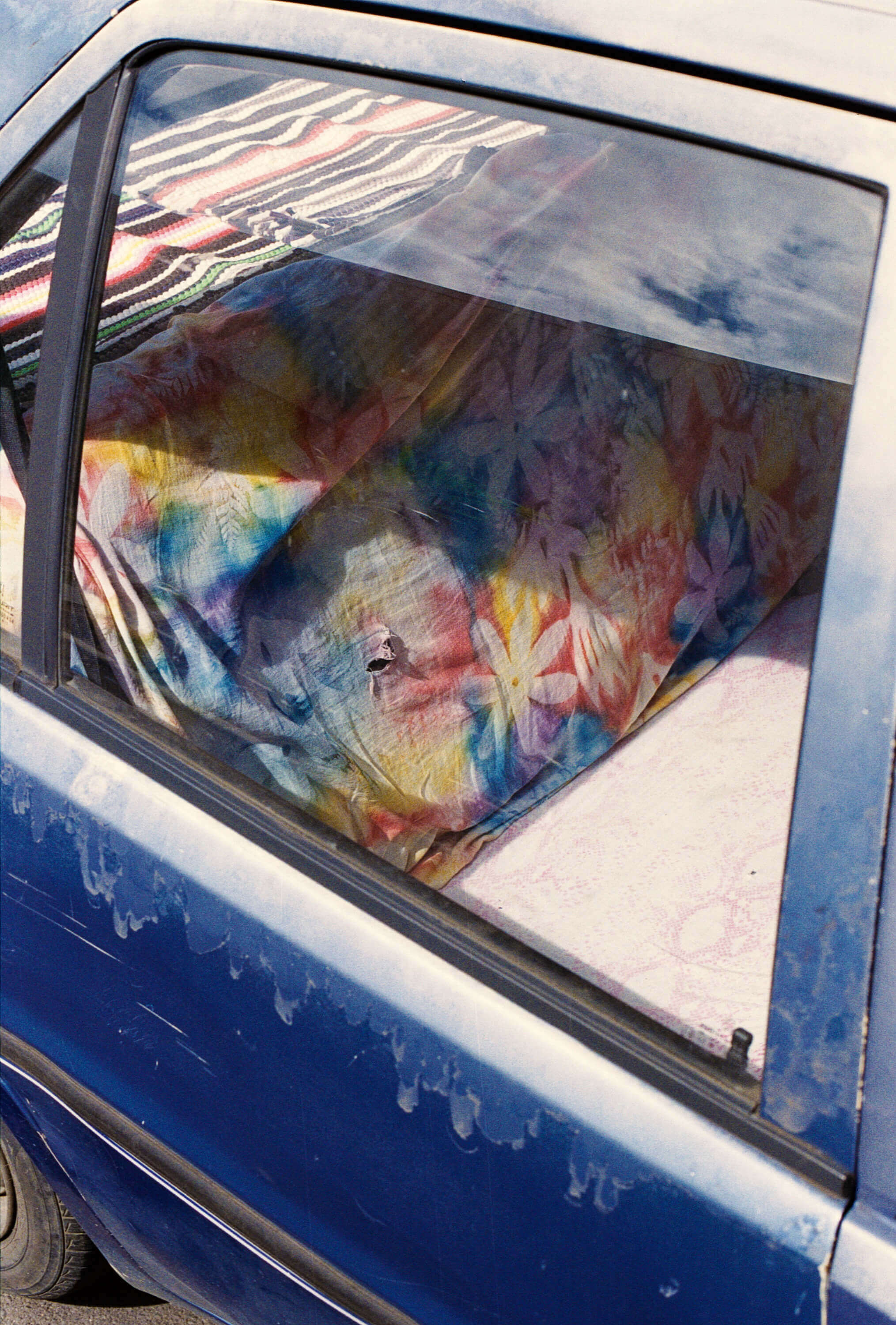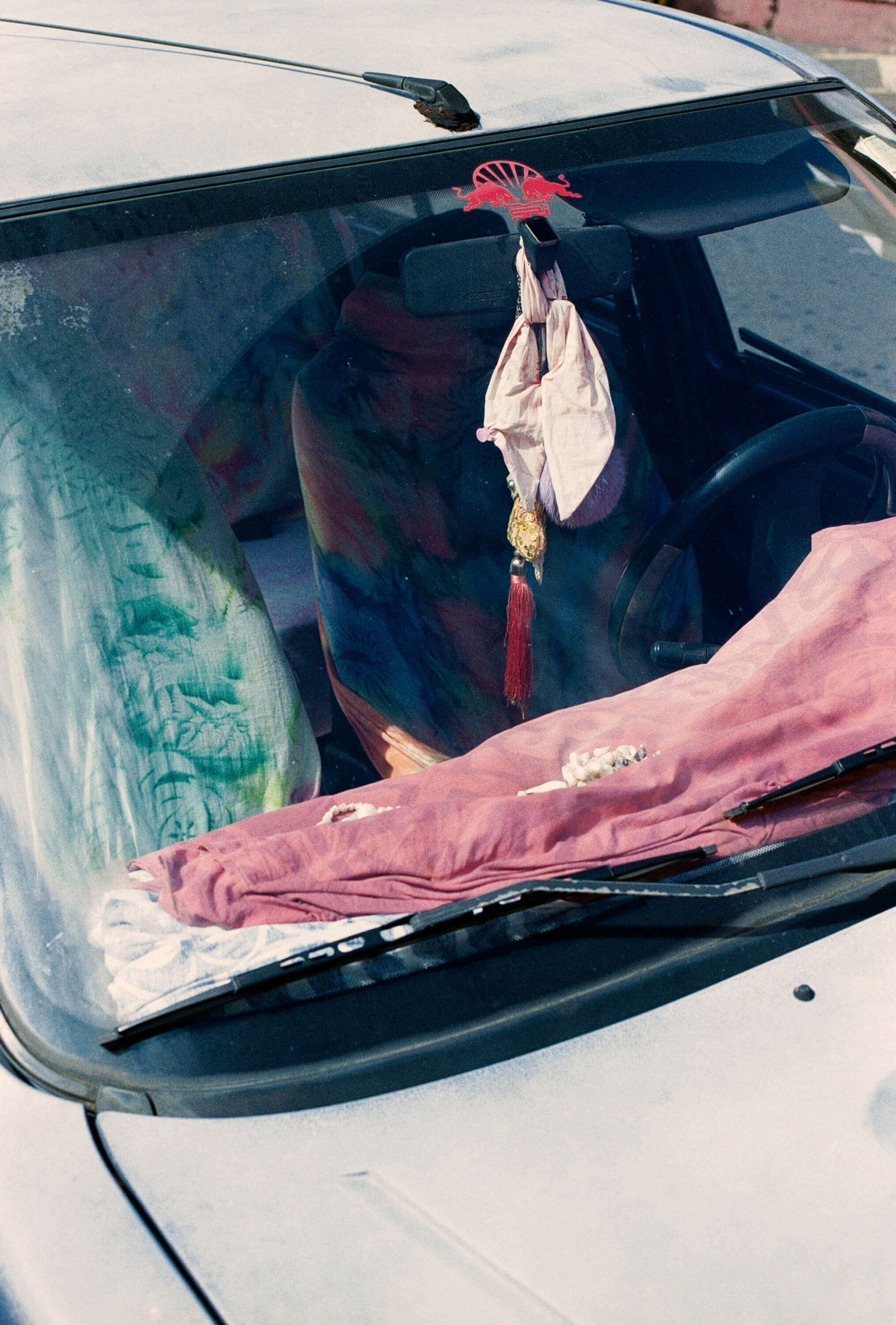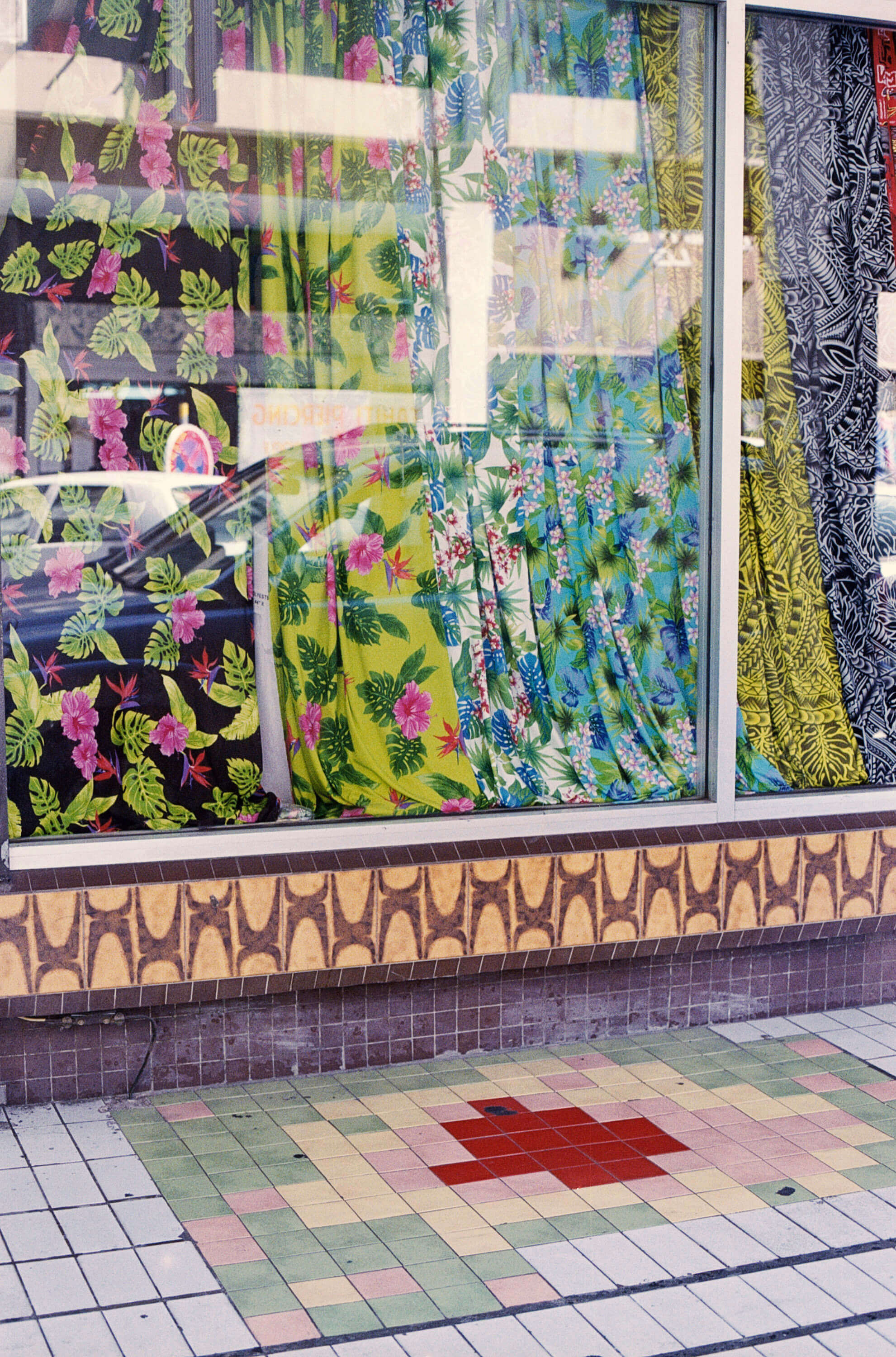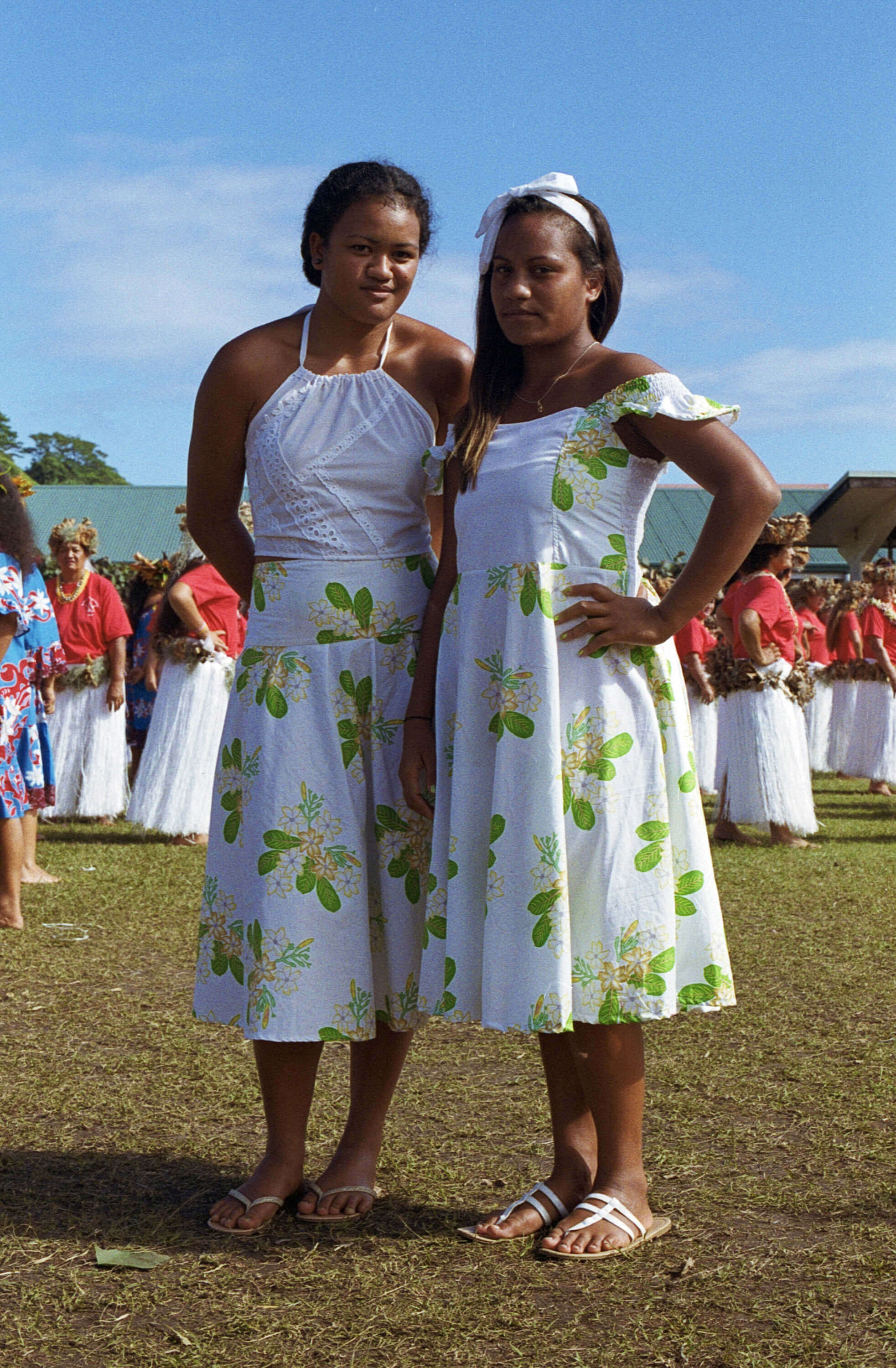
Sir Joseph Banks was a young, well-off Englishman who was convinced that drawing could come to the aid of natural history to record information on animals and plants. Drawing was central to building scientific knowledge of the natural world at the time of the Enlightenment. President of the Royal Society, in 1780 Sir Banks was acknowledged as the central figure of the “we discoverers”, a group of veteran and aspiring explorers based in London.
Banks asked two artists to accompany Cook on his first journey to Tahiti to draw. Sydney Parinson and Daniel Solander and everyone who came after them made choices on which morphological features to include in their drawings, in a distinctive economy of attention that came into play as soon as they laid eyes on them.
The understanding, classification and taxonomy of species at times never seen before were all affected. Butterflies, moths, wasps, cicadas, flies, beetles, flying foxes – large bats with a grey head – with unfolded wings and bodies that look like they were pinned to the edges of the sheet. Knowledgeable men would handle those drawings and study them.
Of course, they found no lizards or snakes, no reptiles existed in Tahiti or the other islands, just the odd day gecko, and yet the legends were full of them.
Like the egg that two children found and kept as a surprise toy: it cracked open and out came a lizard that swallowed any children who were left unwatched. The lizard then ran into the mountains and fell back down in a thousand of pieces which turned into fragile bamboo trees.
And then there was the lizard that ran down the walls into the dark waters of a cave and ended up in the lagoon, or the lizard that scuttled to the top of the sky, and looked like a fish with its scaly skin and slithery shape.
Somehow, in the same way, the first men who embarked on those expeditions and on all those that followed, as we would say today, took pen and paper and noted what they saw in personal logbooks, set down and defined what happened to them there, and transformed it into knowledge. It is as if in the choice of words used to describe those first encounters there was a way of fixing, naming and perhaps later understanding – definitely often misunderstanding – the humankind that lived in those lands.

They were not “secret diaries”, they were tales written on purpose, to be read by the Admiral or by their wives. The beautiful Tahitian women were often called by names borrowed from biblical and ancient mythology: Eve, Helen, Venus. These myths explaining the world created the allegory of Tahiti as the Island of Love. Hence the power of everything that comes from the sea and of myths as the first possible way of learning and of transferral: an anthropological “invention” to give meaning to something alien.
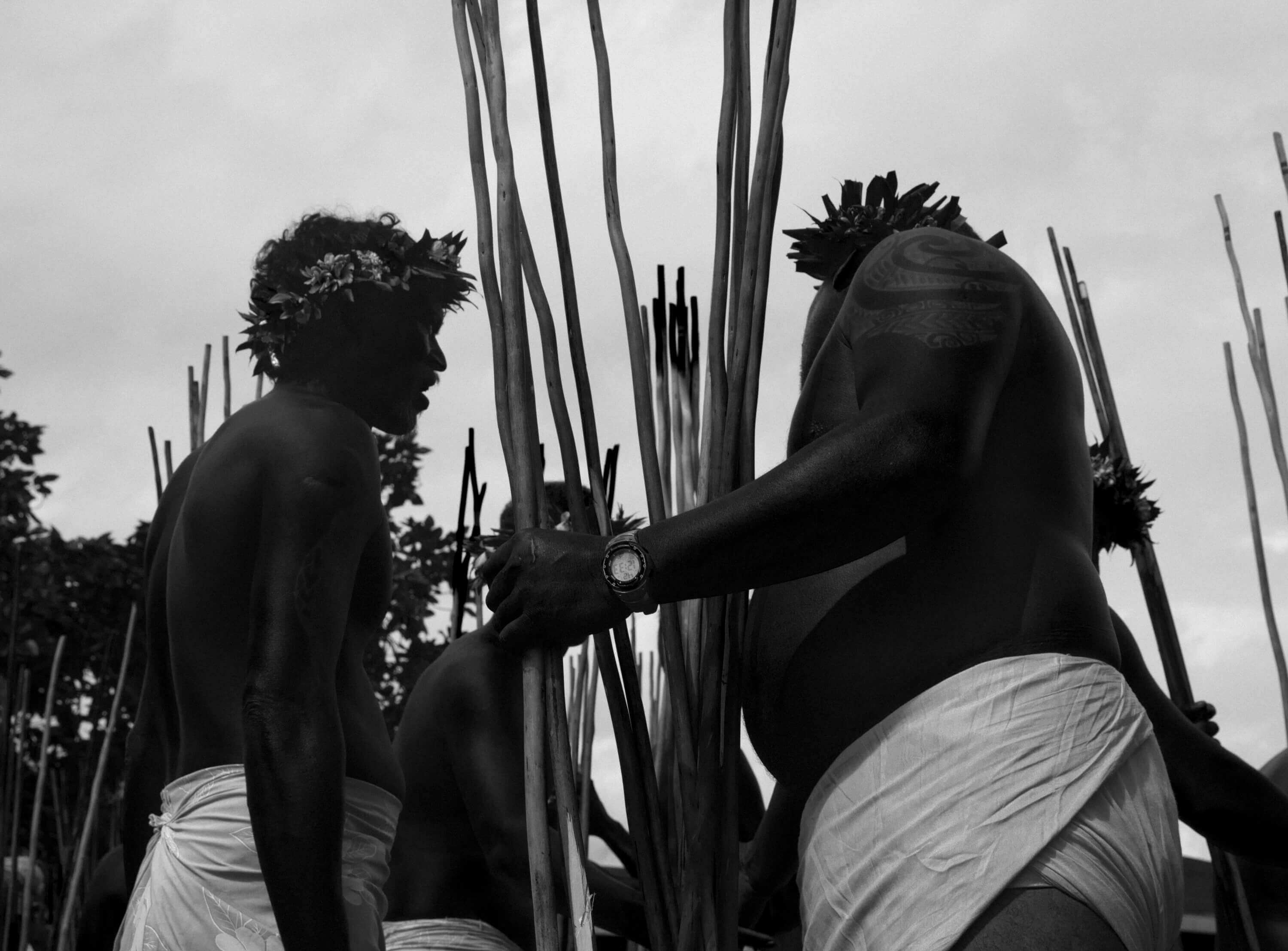
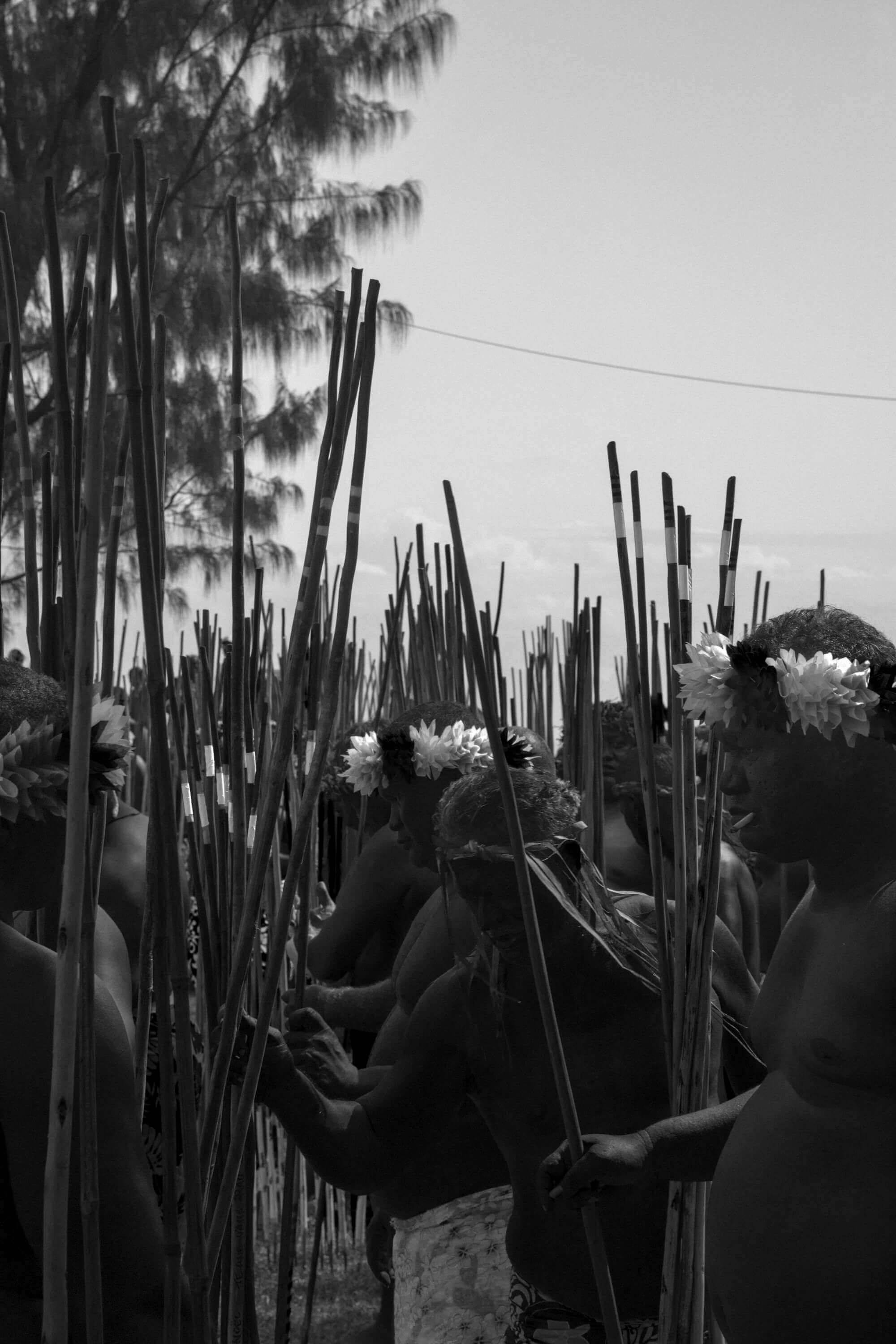
According to the US Marshall Sahlins, great scholar of Polynesian society, every culture contains and is capable of explaining the whole world. Cultures are always universal in their capacity and able to place foreign objects and people in a frame of meaning. Every society known in history is a global society, every culture a cosmological order which incorporates the whole universe in its cultural contour.
The Endeavour anchored in Matavai Bay, Tahiti, to observe the transit of Venus through the Sun which was expected for 3 June 1769 and thus calculate the distance of the sun from the earth.

In addition to this official mission, the secret order was to look for a large continent in the southern hemisphere, the Terra Australis Incognita, the land hypothesized first by Aristotle, which had to somehow exist in those southern waters to balance out the globe, from every point of view.
Again, it was Banks who decided that Tupaia, native of the Pacific, map maker, expert sailor and navigator, should board Cook’s ship to guide them to the islands around Tahiti, which they would then call the Society Islands, and take the captain back to England. Tupaia drew a map with Tahiti in the centre and 72 islands around it. Today we draw 118, in five groups, some volcanic, some coral, 14 uninhabited, the largest, Tahiti.




